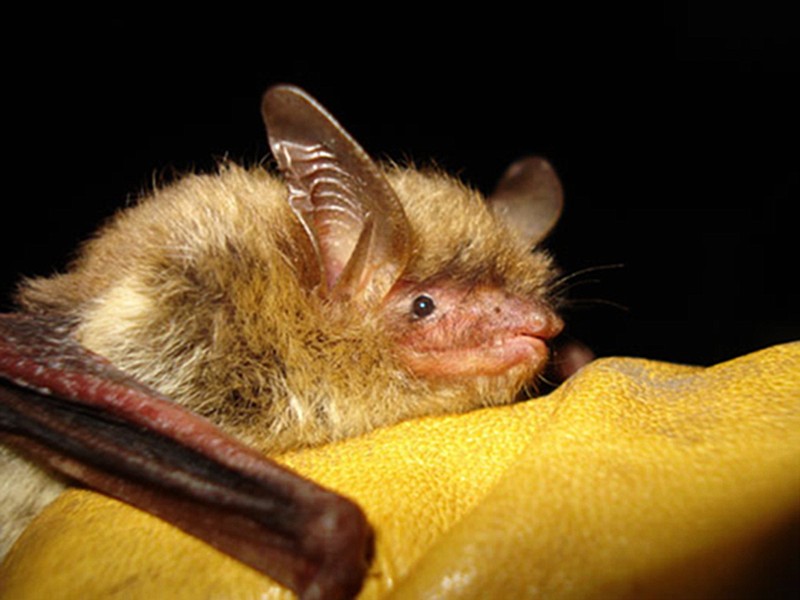The effort to save Tennessee bats from white-nose syndrome has received a boost.
Tennessee's chapter of The Nature Conservancy and Bat Conservation International announced Wednesday they are awarding $100,000 to fund three research projects to help bats at risk to the deadly disease.
The three projects awarded funding take different approaches to managing the fungus that causes white-nose syndrome, according to a news release from The Nature Conservancy.
New Hampshire University's Jeff Foster is proposing a project based on chlorine dioxide, which already used to sanitize fruit, eggs and drinking water. His proposal seeks to use reduce fungal load in human-made hibernation sites by using the cleaning agent to decrease the number of bats developing white-nose in areas where the fungus is already present.
The second project, proposed by Western Michigan University's Maarten Vonhoff, will test the use of chitosan in treatment of bats exposed to white-nose syndrome.
A final project, proposed by Craig Willis of the University of Winnipeg, will test the safety and effectiveness of two "anti-microbal and enzyme inhibitor treatments" against white-nose syndrome.
"If these tests are successful, these treatments would provide new tools to help bats survive exposure to the deadly fungus," the news release said. "Each of these research projects brings us closer to building a suite of tools in our toolbox to fight WNS."
The U.S. Fish and Wildlife Service estimates more than 5.7 million bats have died of white-nose syndrome since the disease was first documented in New York during the 2006-07 winter.
Many of Tennessee's 16 bat species, such as northern long-eared bats, little brown bats and tri-colored bats have been affected, even as all TVA and Tennessee Wildlife Resources Agency caves have been closed to humans in an effort to prevent the spread of the disease.
